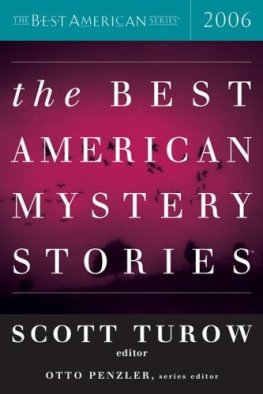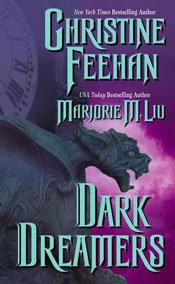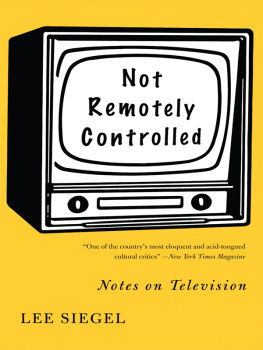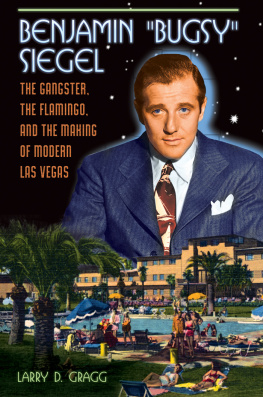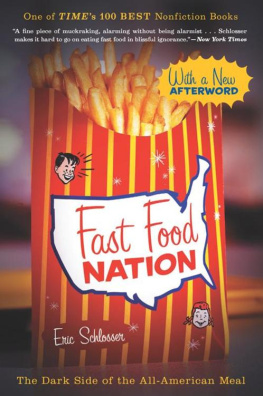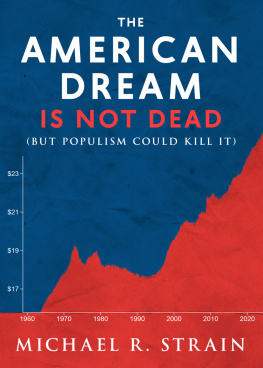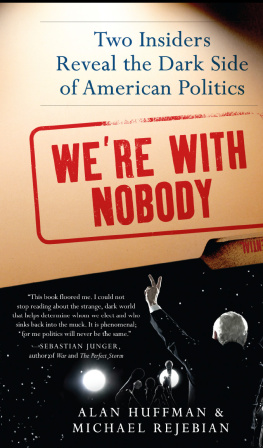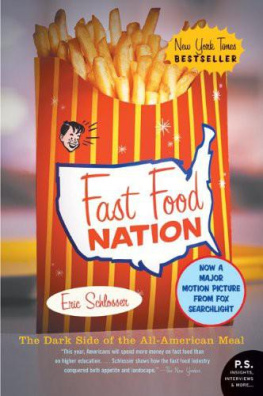Michael Shnayerson - Bugsy Siegel: The Dark Side of the American Dream
Here you can read online Michael Shnayerson - Bugsy Siegel: The Dark Side of the American Dream full text of the book (entire story) in english for free. Download pdf and epub, get meaning, cover and reviews about this ebook. year: 2020, publisher: Yale University Press, genre: Non-fiction. Description of the work, (preface) as well as reviews are available. Best literature library LitArk.com created for fans of good reading and offers a wide selection of genres:
Romance novel
Science fiction
Adventure
Detective
Science
History
Home and family
Prose
Art
Politics
Computer
Non-fiction
Religion
Business
Children
Humor
Choose a favorite category and find really read worthwhile books. Enjoy immersion in the world of imagination, feel the emotions of the characters or learn something new for yourself, make an fascinating discovery.

- Book:Bugsy Siegel: The Dark Side of the American Dream
- Author:
- Publisher:Yale University Press
- Genre:
- Year:2020
- Rating:5 / 5
- Favourites:Add to favourites
- Your mark:
- 100
- 1
- 2
- 3
- 4
- 5
Bugsy Siegel: The Dark Side of the American Dream: summary, description and annotation
We offer to read an annotation, description, summary or preface (depends on what the author of the book "Bugsy Siegel: The Dark Side of the American Dream" wrote himself). If you haven't found the necessary information about the book — write in the comments, we will try to find it.
Bugsy Siegel: The Dark Side of the American Dream — read online for free the complete book (whole text) full work
Below is the text of the book, divided by pages. System saving the place of the last page read, allows you to conveniently read the book "Bugsy Siegel: The Dark Side of the American Dream" online for free, without having to search again every time where you left off. Put a bookmark, and you can go to the page where you finished reading at any time.
Font size:
Interval:
Bookmark:
BUGSY SIEGEL
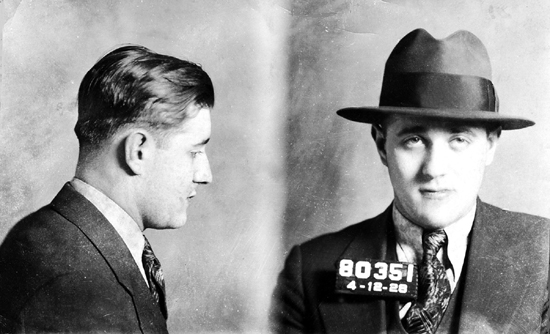
The Dark Side of the American Dream

MICHAEL SHNAYERSON

Frontispiece: Benjamin Bugsy Siegel, mug shot, 1928. NYPD/Science Source.
Jewish Lives is a registered trademark of the Leon D. Black Foundation.
Copyright 2021 by Michael Shnayerson.
All rights reserved.
This book may not be reproduced, in whole or in part, including illustrations, in any form (beyond that copying permitted by Sections 107 and 108 of the U.S. Copyright Law and except by reviewers for the public press), without written permission from the publishers.
Yale University Press books may be purchased in quantity for educational, business, or promotional use. For information, please e-mail (U.K. office).
Set in Janson type by Integrated Publishing Solutions.
Library of Congress Control Number: 2020938991
ISBN 978-0-300-22619-5 (hardcover : alk. paper)
A catalogue record for this book is available from the British Library.
This paper meets the requirements of ANSI/NISO Z39.48-1992 (Permanence of Paper).
For Gayfryd
Dont worry, dont worry. Look at the Astors and Vanderbilts, all those big society people. They were the worst thievesand now look at them. Its just a matter of time.
Meyer Lansky
OF THE NEARLY fifty biographies that so far have constituted the Jewish Lives series, all are of admirable figures. There are no bootleggers among them, no racketeers, gamblers, or murderers.
Until now.
Benjamin Bugsy Siegel has the dubious distinction of representing all four categories. Through the 1920s, 1930s, and most of the 1940s, he and his longtime partner in crime Meyer Lansky engaged in innumerable acts of violence. By his own account, Siegel himself killed roughly a dozen men; according to one gangster, he oversaw the contract killings of far more. Yet his brute force and reckless ambition were not just focused on crime. As World War II came to an end, Siegel saw the potential for a huge, elegant casino resort in the sands of Las Vegas, a mecca for homecoming GIs and high rollers alike. Everything was converging: cars making the drive from Los Angeles in shorter time, and with air-conditioning; planes making direct flights from thousands of miles away; a war-weary generation eager for fun, the naughtier the better. And no one knew better how to profit from the booze that coursed through casinos like blood.
In a town of cowboy-style casinos with wagon wheels on the walls and sawdust on the floors, Siegel dared to imagine a palace more suitable to Monaco than Nevada. The Flamingo, he called it, and he imported live pink flamingoes to tone up the place. The flamingoes died, and so, not long after, did Benjamin Siegel, murdered at age forty-one in the spring of 1947. Yet a legacy remains, not only in the cornucopia of other Vegas casinos that followed, but also in the impact of gambling and entertainment on American cultural and economic life. For better or worse, the story of the Flamingo, and the criminals who built it, is a Jewish-American story, starting with a Jew who wielded influence, unlike any of the subjects covered so far in Jewish Lives, at the barrel end of a gun.
Siegels story is compelling on its own. But it laces through a larger one, a generational story of eastern European Jewish immigrants in the early to mid-twentieth century who found the doors of their new world closed and so, as gangsters, pursued their own dark version of the American dream. In so doing, they created a murderously effective business modelgangster capitalism, as one expert on the period defines itthat made them as powerful as the Italian mafia with which they allied, over all the channels of organized crime that seeped through and affected American society.
New Yorks Lower East Side was, of course, where this story began: the Jewish capital of America at the turn of the century. The immigrants we associate with it were entertainers: George and Ira Gershwin, Irving Berlin, Eddie Cantor, George Burns, Yip Harburg, Zero Mostel, and so many more. Vaudeville and the Yiddish theater welcomed them, and they went on to be stars.
Most immigrant families in this rough new milieu were
Ben Siegel was born into this environment in 1906. Like many of his peers, he left school in the seventh or eighth grade. Weeks before his violent death, he would tell his two daughters, by then teenagers, that he had had no choice: his parents needed him to help support the family.
Children could work in a factory, as Bens father did, but the work was backbreaking, and dangerous, even deadly. On March 25, 1911, at the Triangle Shirtwaist factory, fire killed 146 mostly young Jewish women, trapped behind locked doors when the flames began to spread. Ben was five years old at the time, old enough to remember the horrifying news. The streets of the Lower East Side offered easier and more lucrative ways to make a living. A boy just had to be tough enough to take the risks.
Nice Jewish boys were studious, obedient, and incapable of raising their fists. Tough Jews, as popular historian Rich Cohen calls the proto-gangsters in his elegiac book by that title, were scrappy, daring, and all but defined by how well they fought. And for that, they had teachers of their own.
Youth gangs had proliferated since the early days of the immigrant story in the 1880s. They guarded their turf, repelled rivals, and instilled gang loyalty, an exhilarating bond. They also engaged in petty crime and pushed away their parents Jewish customs, language, and religion. There was scarcely a Jewish home on the East Side that was free from the friction between parents and children, noted Morris Raphael Cohen, author of Law and Order (1933) and A Dreamers Journey (1949). This explosive tension made it possible for the same family to produce saints and sinners, philosophers and gunmen.
Siegel and Lansky established their own gang and became friends for life. Lansky was short, homely, and cautious. Siegel was nearly five-foot-ten and dashingly handsome, with deep blue eyes, a garrulous grin, and a strong profile. He had a terrifying temper that made his face glow, and a lust for violence that alarmed even his new friend Meyer.
To those who witnessed his fits of rage, Siegel seemed possibly mad, and so earned the nickname he loathed. Being perfectly equipped to fight on a moments notice may rather have been utterly sane. If youre in the world he grew up in, and you are characterized by muscle, then you have to play your part, suggests writer and mob historian Nick Pileggi. There were three jobs: muscle, brains, or the well-connected guy to politicians. Siegel was suited to the first: Large, tough, and unbelievably headstrong.
Soon Siegel and Lansky were consorting with an older group of gangsters. These were Jews who had graduated from petty crime to more lucrative undertakings, like racketeering. That the merchants they squeezed were fellow Jews bothered them not at all, nor that their victims spoke Yiddish as they did. The Lower East Side had winners and losers; which you were was up to you.
Some years ago, Malcolm Gladwell in the New Yorker wrote one of his signature pieces on why immigrants turned to crime, and what happened after they did. His source was The Crooked
Next pageFont size:
Interval:
Bookmark:
Similar books «Bugsy Siegel: The Dark Side of the American Dream»
Look at similar books to Bugsy Siegel: The Dark Side of the American Dream. We have selected literature similar in name and meaning in the hope of providing readers with more options to find new, interesting, not yet read works.
Discussion, reviews of the book Bugsy Siegel: The Dark Side of the American Dream and just readers' own opinions. Leave your comments, write what you think about the work, its meaning or the main characters. Specify what exactly you liked and what you didn't like, and why you think so.

